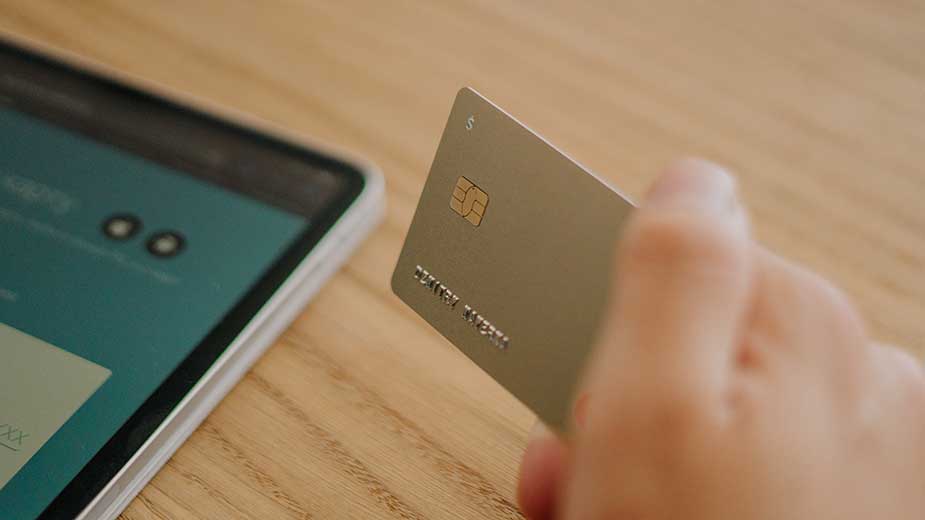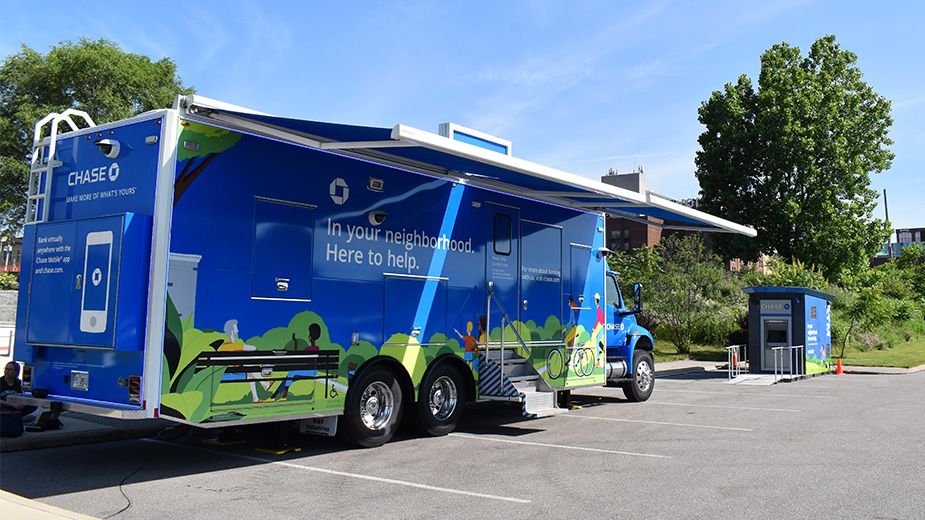Fed Report: Credit Card Debt Fell 13% During Pandemic
ST. LOUIS – Americans took on less bank card debt during the early months of the coronavirus pandemic, according to a report by economists at the St. Louis branch of the Federal Reserve, with total debt dropping 13% billion by the end of September.
The study, which examined debt from credit cards and other revolving accounts, reports a sharp fall in debt creation – people spending money – alongside a similarly sharp rise in debt destruction – paying off outstanding balances.
At the onset of the pandemic, American bank card debt was at its highest level, $903 billion. By September, that figure had dropped to $807 billion before it started ticking upward again.
“The quarterly rate of debt creation reached the lowest level in the series at 8% in the second quarter of 2020. In the same quarter, the rate of debt destruction reached its peak at 15%. Thus, both creation and destruction contributed to the deleveraging observed in the second quarter of 2020,” wrote authors Juan Sánchez, assistant vice president and economist at the St. Louis Fed, and Olivia Wilkinson, research associate.
For more on what local financial institutions are seeing from their credit card offerings, be sure to read the June issue of The Business Journal.
In the quarters leading up to the pandemic, thee average debt creation rate was 14%, six percentage points higher than during the pandemic. There was also an average debt destruction rate of 12%, three percentage points higher than during the pandemic.
“From an accounting point of view, we can conclude that two-thirds of the deleveraging was due to declining debt creation and the remaining one-third was due to increasing debt destruction,” the authors wrote. “ A slowdown in borrowing leads to lower creation of debt, but it can also contribute to debt destruction if the new, lower amount borrowed is less than the amount payed at the end of the billing cycle. Another way to reduce balances from one period to the next is by increasing payments more than spending. According to a U.S. Census report, 15.7% of stimulus recipients used their first stimulus check to pay down debts.”
The trend is markedly different than what was seen during the Great Recession, when there was a slow decline in the creation of credit card debt, but no significant increase in debt destruction.
The full report can be read HERE.
Photo by Tima Miroshnichenko from Pexels
Copyright 2024 The Business Journal, Youngstown, Ohio.


